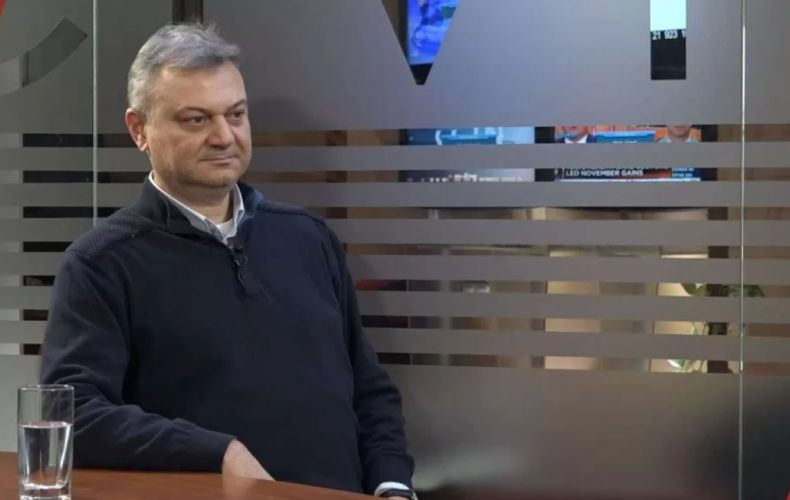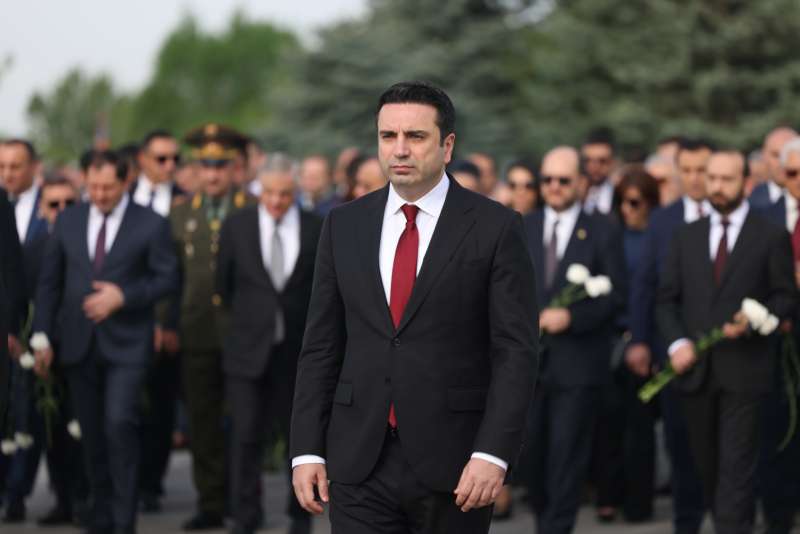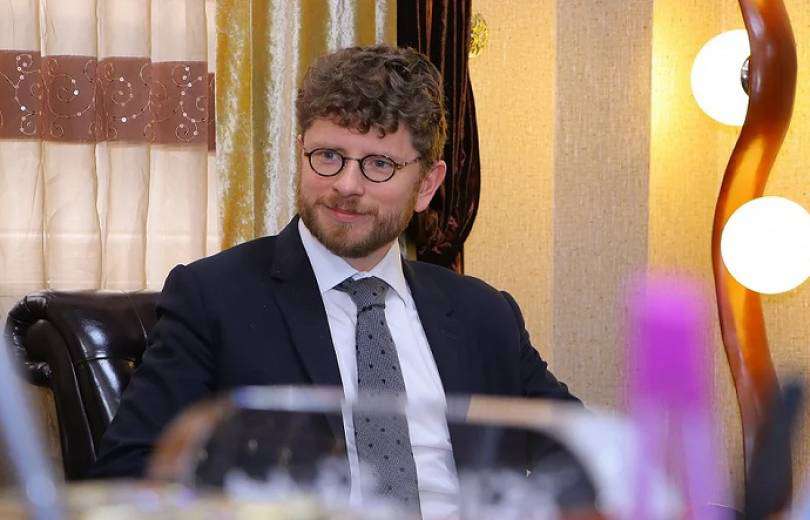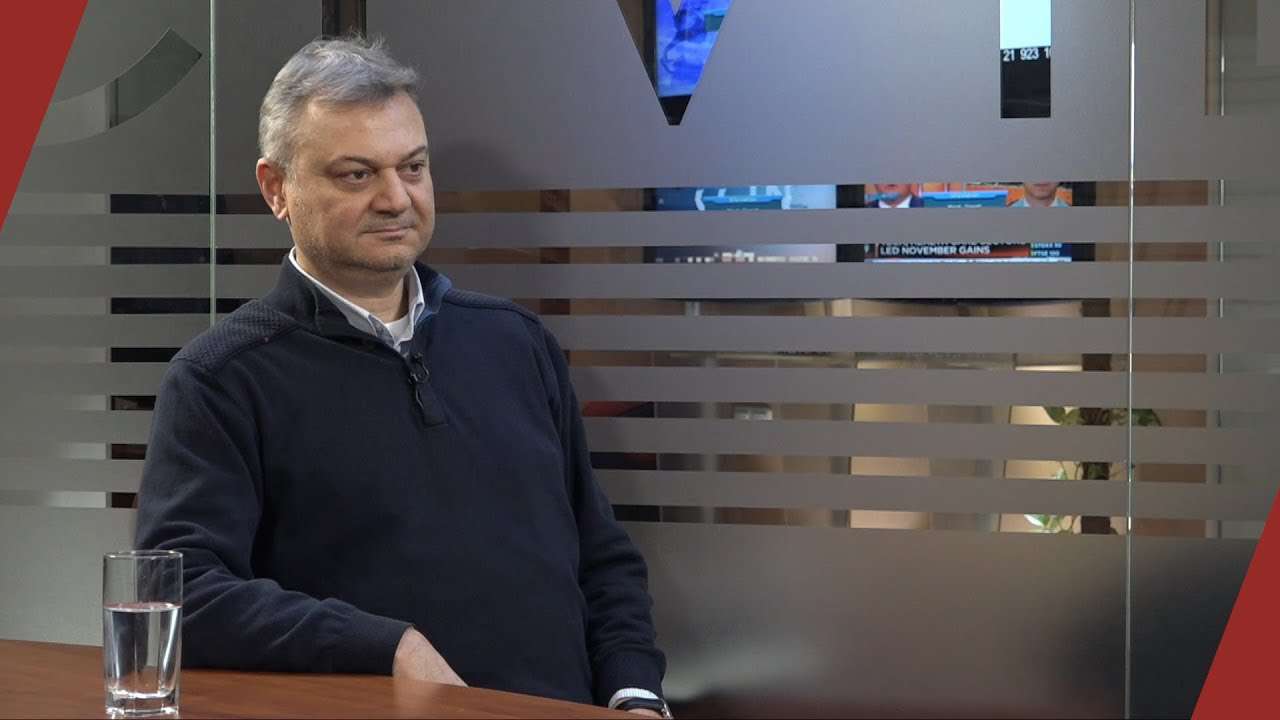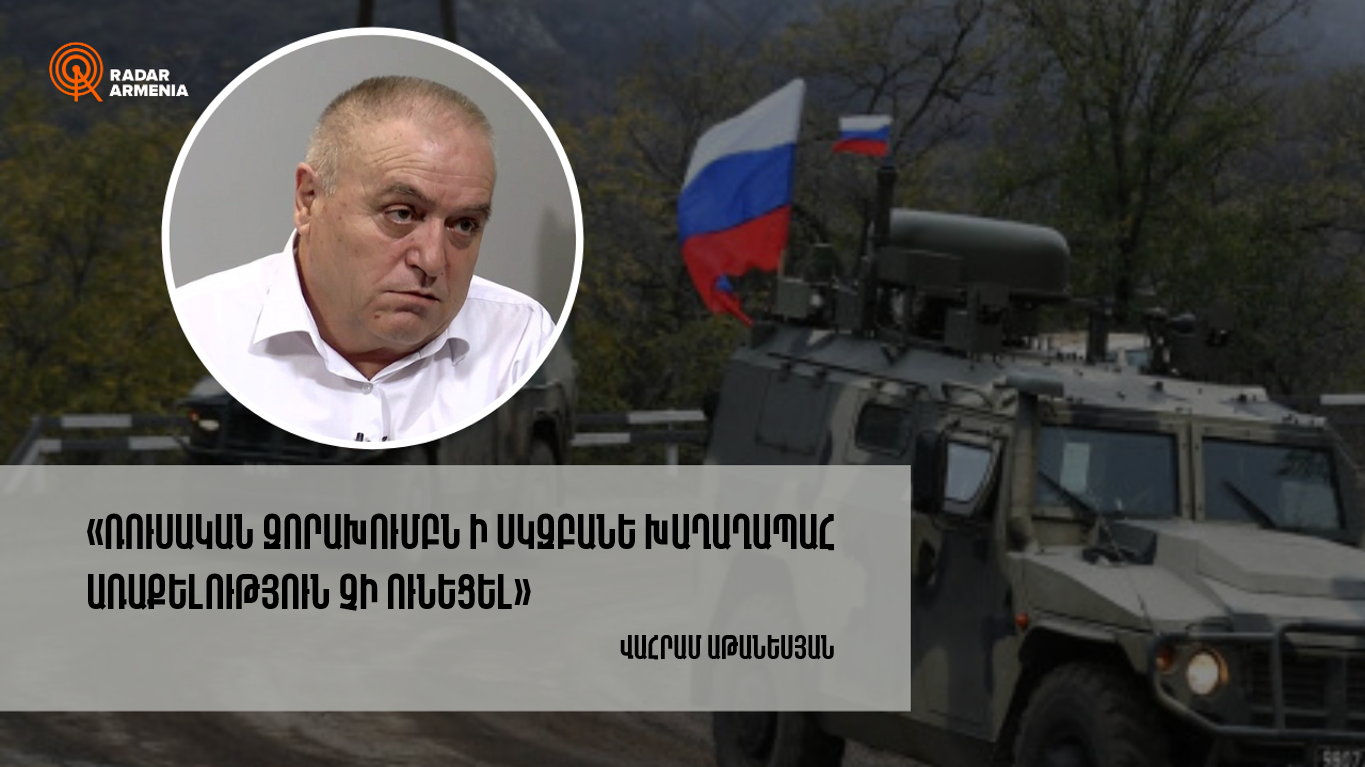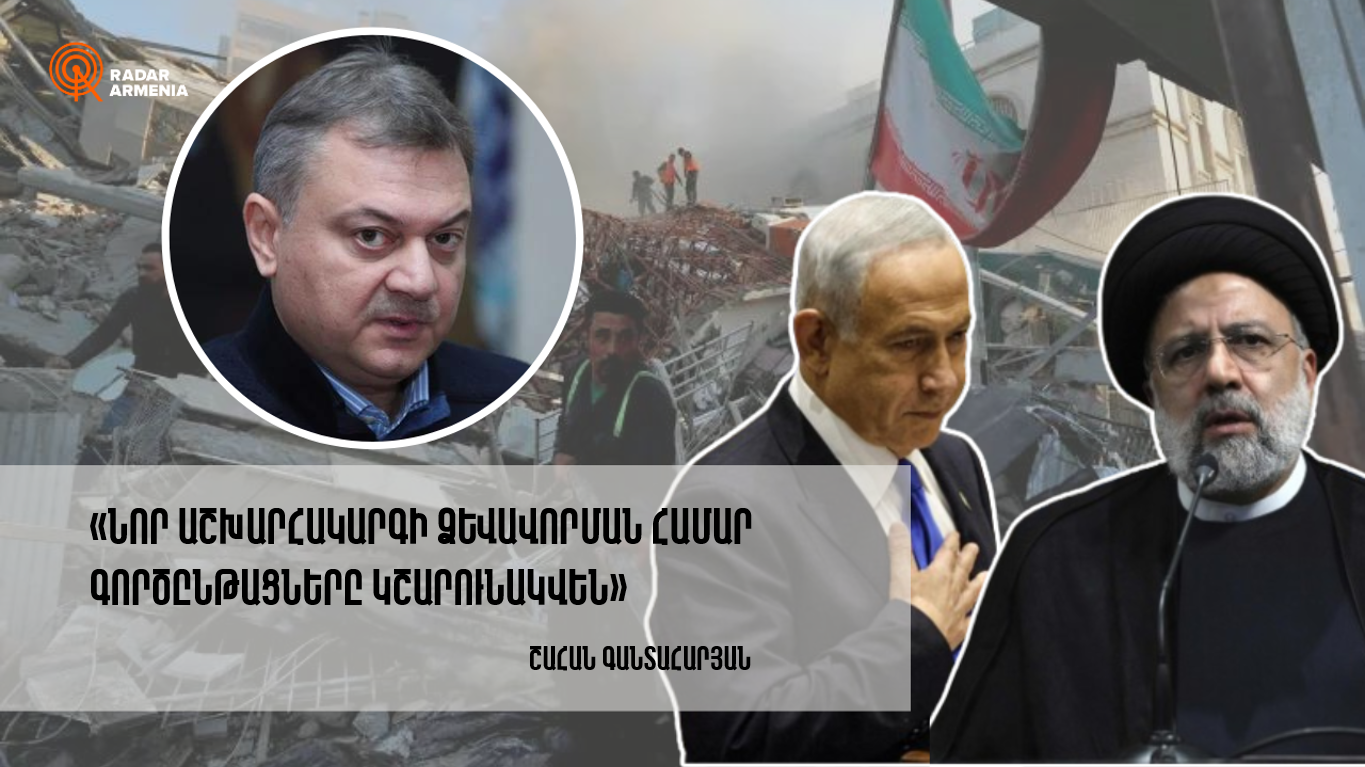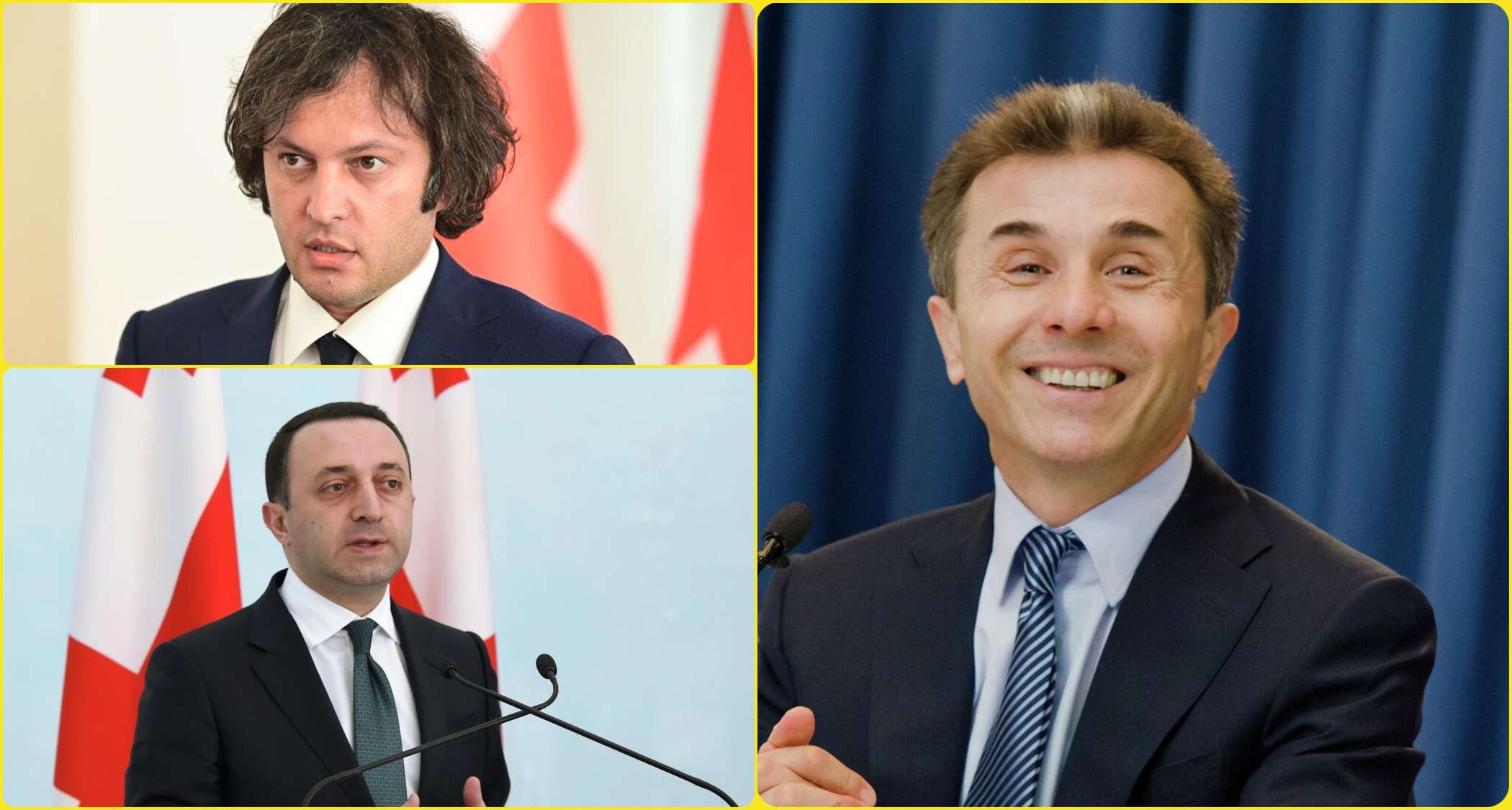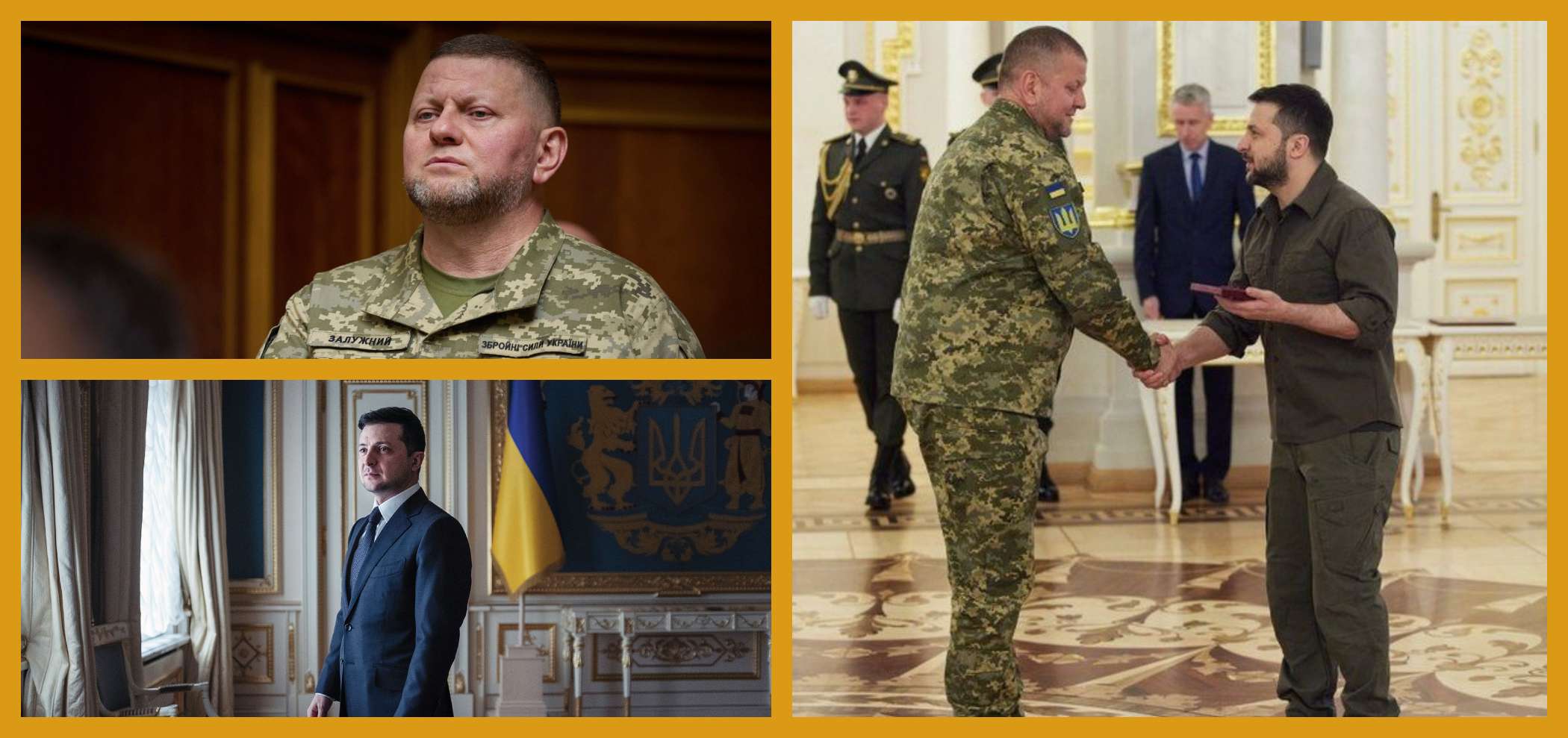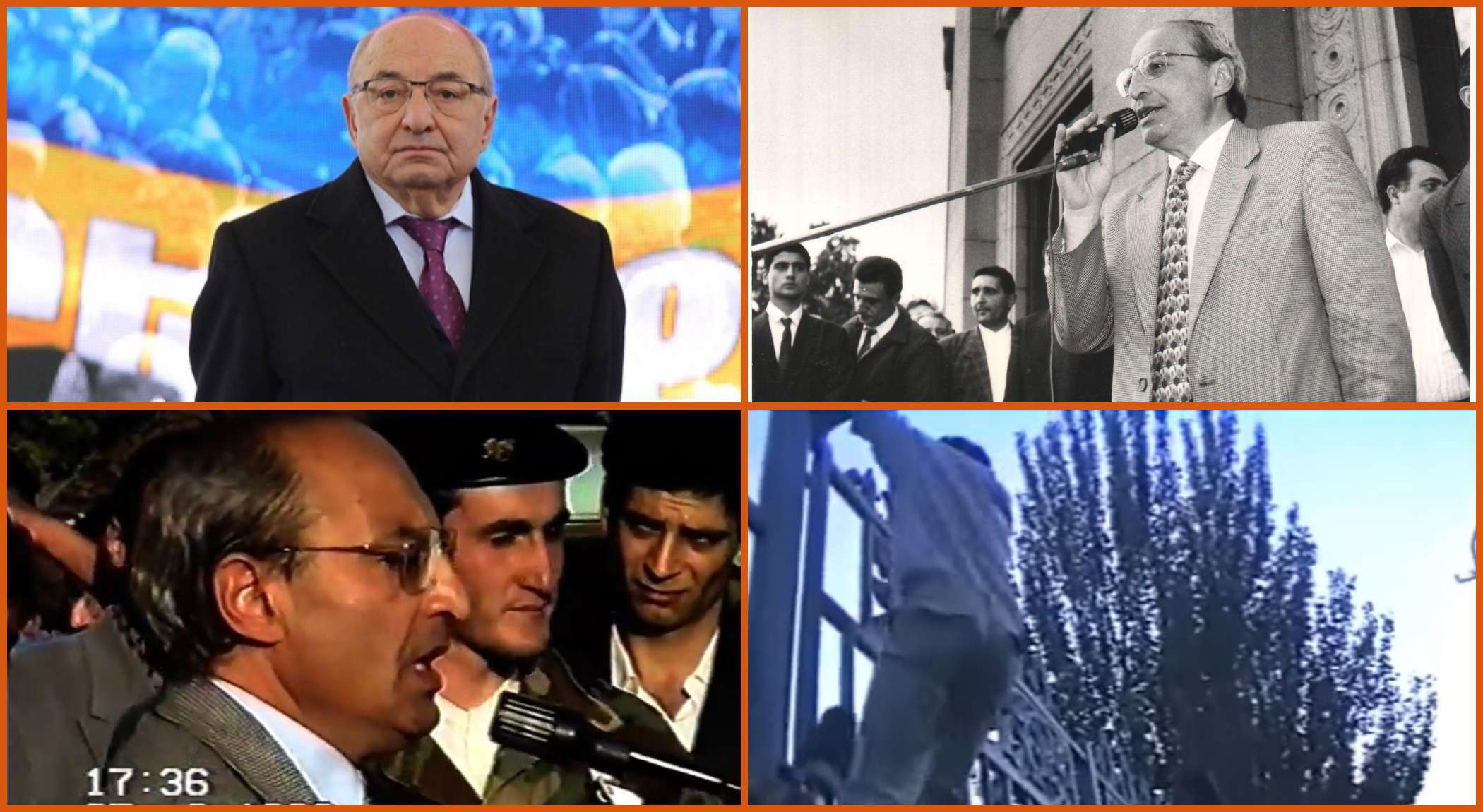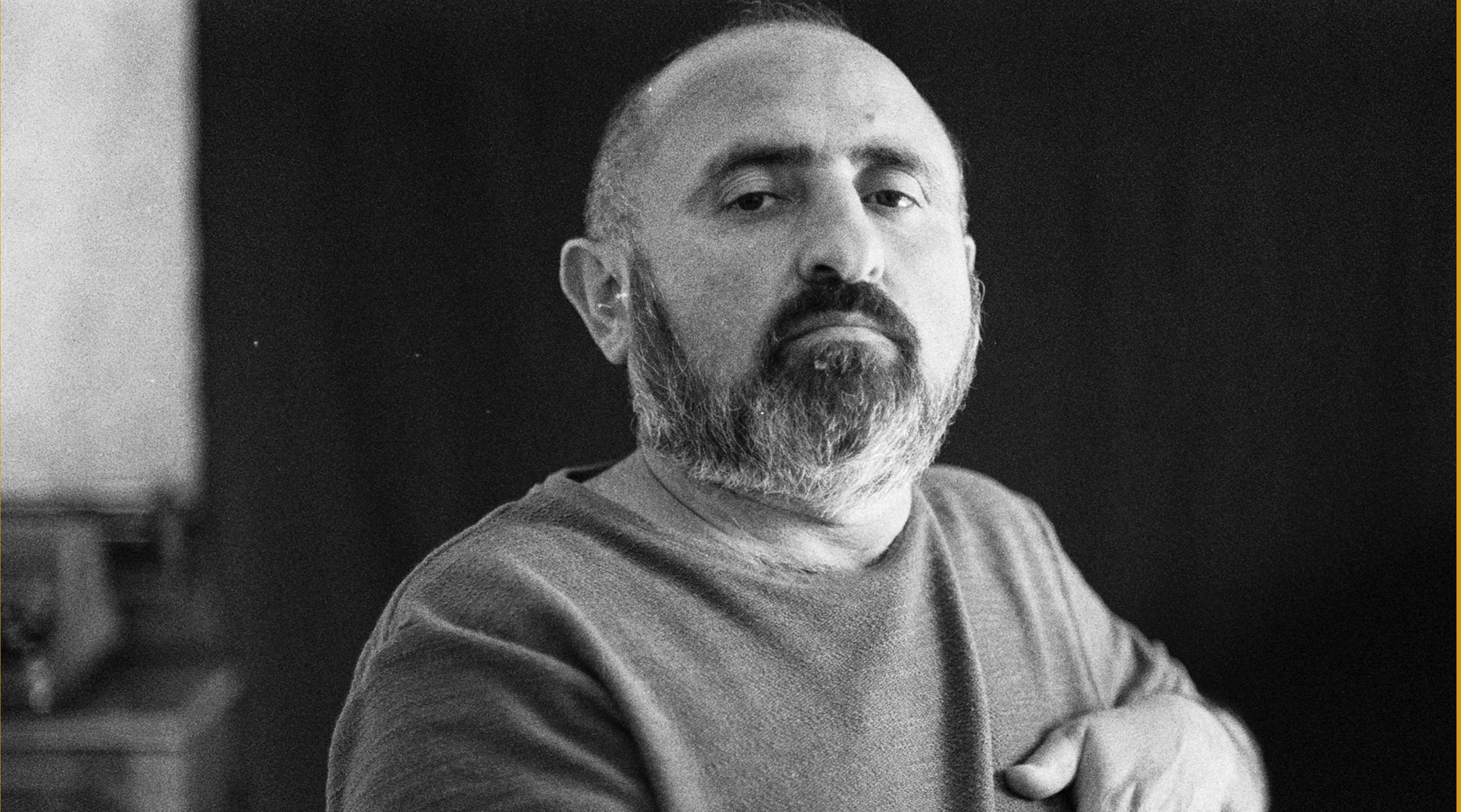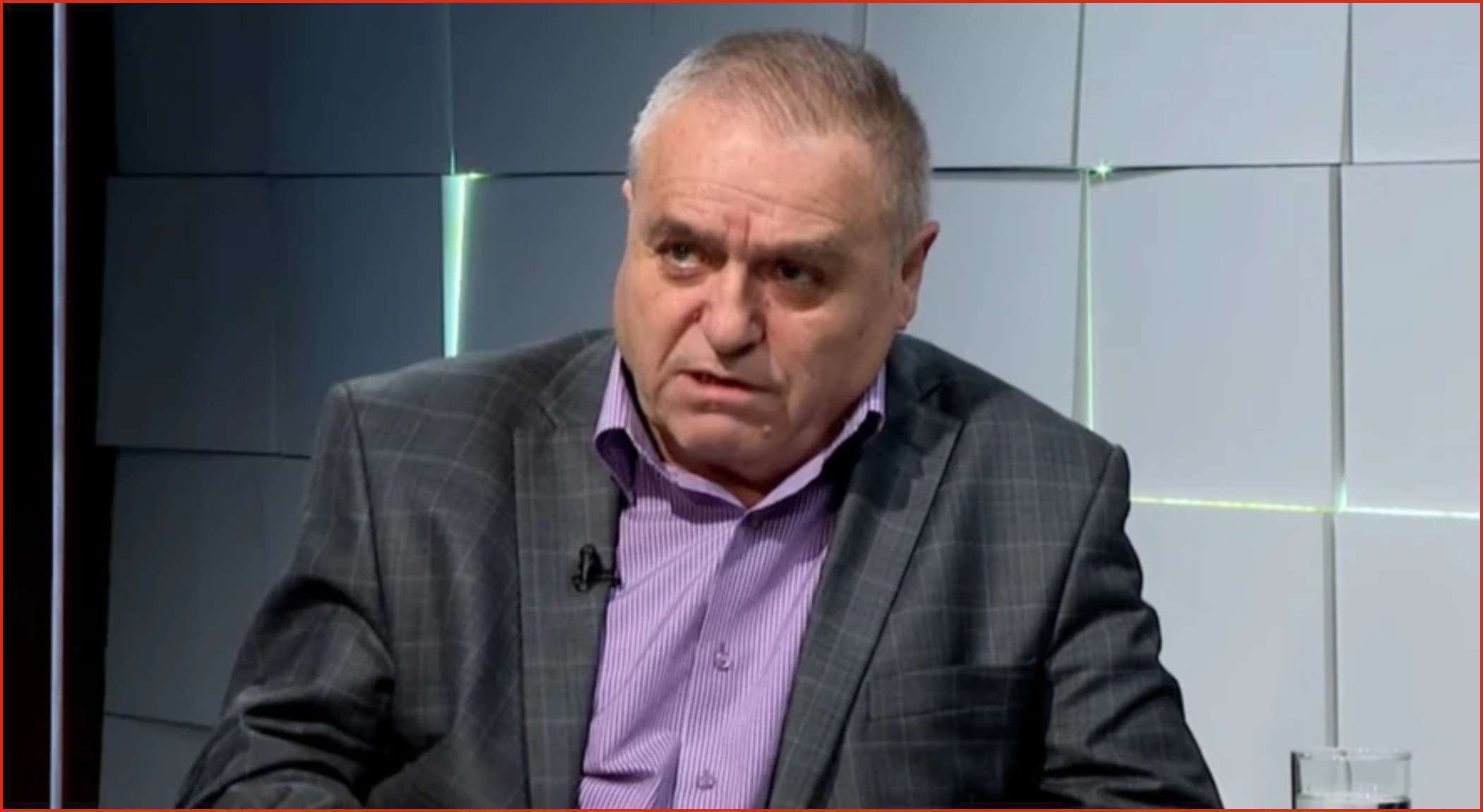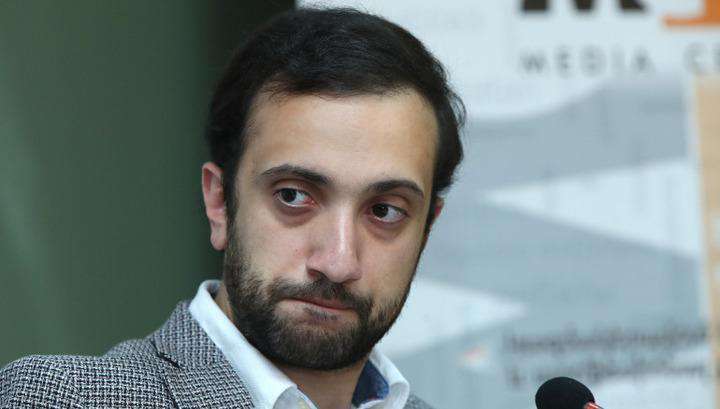Radar Armenia's interlocutor is Shahan Gantaharyan, an international scholar.
- The Minister of Foreign Affairs of the Russian Federation, Sergey Lavrov, stated that Armenia had previously occupied seven regions of Azerbaijan. What do you think Russia is trying to convey by this?
- Lavrov is talking about the "Lavrov" or Kazan plan here. Moscow has already hinted about this several times through the mouth of the president and the foreign minister. Let's try to understand what the high-ranking official wants to say from the Russian point of view. When it points to 7 regions, it means it singles out Nagorno-Karabakh, where its guarantee and peacekeeping mission are. However, Lavrov should have mentioned Shushi and Hadrut, which are not included in the seven regions. More than the mention of 7 districts, the main concern is the bypassing of Shushi and Hadrut.
- He pointed to the Prague agreements, saying that this complicates the process. How do you interpret those statements?
- Obstructing the resolution process of the Prague process fits into the mediation conflict. This thought always continues to be heard in different formulations. Moscow says in plain text that the problems can be resolved only through its mediation.
- At the same time, the Minister of Foreign Affairs of the Russian Federation announces that the CSTO is ready to help Armenia and Azerbaijan find ways to stabilize the situation in the Caucasus. In your opinion, is CSTO, as a structure, still able to regulate Armenian-Azerbaijani relations?
- Yes, the logic is the same. Russian forces on Artsakh-Azerbaijan borders, CSTO forces on Armenia-Azerbaijan borders. This is the Moscow key to solving the issues. CSTO's viability or non-functionality stems from political decisions. CSTO's failure to give a political assessment of the September invasion stems from the approaches of preserving the role of mediator and inhibiting the penetration of the collective West. CSTO was viable when it came to Kazakhstan but not to Armenia.
- The tension in the region is deepening more and more. In your opinion, what developments will the Iran-Azerbaijan conflict have, and how should Armenia position itself in this context?
- It is a very acute and, at the same time, delicate issue. Iran reins in the Turkish-Azerbaijani project regarding the Zangezur Corridor. At the same time, by slowly negotiating with the West, Tehran is working to de-encirclement, for which the Persian Gulf-Black Sea land transit project, which is entering the preparatory phase, is turning into a lifeline. And in terms of security, Azerbaijan is becoming an environment providing Israeli military bases, which is a threat to Iran. It is not excluded that Israel will try to wage a limited proxy war against Iran. Attacking the Isfahan military factory with drones is its premise.
Ankara is pushing the Trans-Caucasus project, trying to involve Iran in such a project, which Turkey, Azerbaijan, and Georgia will be part of. Çavuşoğlu says that this project can be quadripartite, with Iran as the fourth one, and adds that if Armenia wants, it can be a part of this project. This replaces the 3+3" which does not work, with one crucial difference: Russia is absent from the Trans-Caucasus.
Iran is proposed to be involved so that the Persian Gulf-Black Sea communication route is included in the Trans-Caucasus. And to Armenia to make the Zangezur Corridor work according to their idea.
Hayk Magoyan




